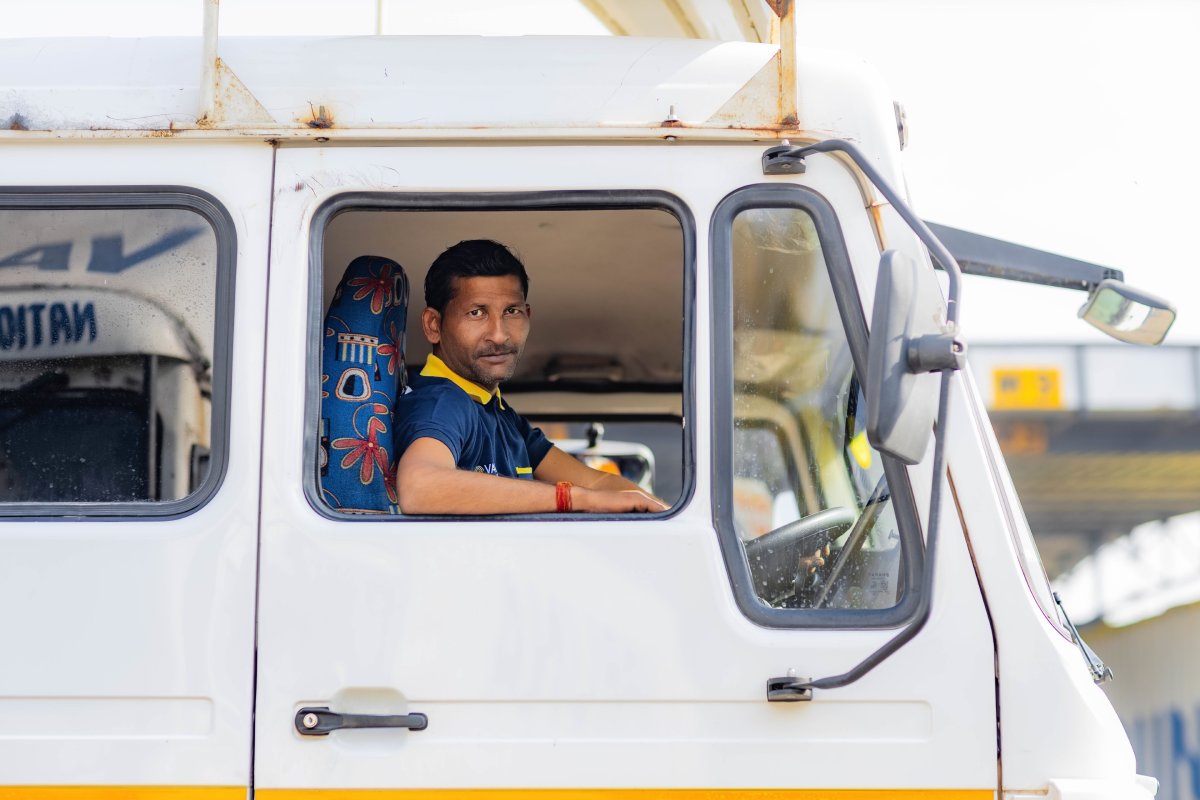Supply chains are integral to the smooth functioning of economies and to ensure the availability of essential products to the wider public. Their role becomes even more critical in the face of a humanitarian emergency, serving as the only way via which the affected groups can receive the right aid, at the right time. In case of their breakdown, a common occurrence during a crisis, those in need become the most vulnerable.
Humanitarian emergencies often hit without a warning and generate a far-reaching impact. The 1984 Bhopal Gas Tragedy, one of the world’s worst industrial disasters, affected more than 500,000 people. The 2004 Indian Ocean earthquake and tsunami caused extensive destruction to 14 countries bordering the ocean, killing upwards of 220,000 people.
Consider the case of the more recent and ongoing COVID-19 pandemic. Its second wave in India magnified the demand for oxygen, related medical supplies, and essential products during government-mandated lockdowns. This, along with the need to go contactless in a limited time frame further put the entire system under duress.
It’s in crises like these that humanitarian logistics facilitate the timely movement of essential supplies to the affected regions, ensuring the safety and survival of those affected.
According to a study published by ScienceDirect, the typical steps of emergency management include prevention, mitigation, preparedness, response, and recovery. Humanitarian logistics is a branch of logistics that deals with two phases - the preparedness phase and the response phase. It involves the processes and systems aimed at mobilising people, resources, and expert aid to alleviate the suffering of the communities at risk of harm by emergencies or disasters of great scale, either natural or man-made. The intention is to minimise the loss of lives and relieve suffering.
In commercial supply chains, the demand for the product is usually either estimated using proper forecasting techniques or initiated by the customers themselves. However, humanitarian logistics, by nature, are required instantly and swiftly. In most cases, it is difficult to correctly and quickly determine the impact of the disaster or the exact relief requirements.
It usually requires deploying a large number of logistical vehicles, equipment, and personnel. Not only are these operations critical for human survival, but they are integral to maintaining business continuity; the more efficient supply of goods or services required, the faster the economy can bounce back. During the second wave of the COVID-19 pandemic in the country, Russian military transport aircraft flew in 20 oxygen cylinder plants, ventilators, and 20,000 medicine packs while special US cargo flights brought raw materials for COVID-19 vaccines and other medical equipment helping India’s fight against the pandemic.
This makes humanitarian logistics one of the most expensive, critical, and challenging parts of disaster relief operations.

A study by Fritz Institute observed that as a relief operation unfolds in the immediate aftermath of a disaster, the conditions under which a humanitarian relief is carried out are extremely chaotic and unsafe. A few of the challenges include:
Faced with unpredictable and uncontrollable conditions such as these, logisticians still have to enable the delivery of the right goods, to the right place, at the right time.
Varuna Group, for instance, demonstrated exceptional performance even during the peak of the COVID-19 pandemic. Even with the odds stacked against us our placement performance was recorded at 94.7%, our transit time reflected an accuracy of 95%, and the warehouse essential goods registered a 98.3% uptime.
The Way Forward
The humanitarian sector usually pre-positions relief items at strategic locations worldwide to be able to respond efficiently to crises whenever they arise. However, the COVID-19 pandemic has shown us that preparedness at any one tier or organisation in the supply chain is not enough; it needs to be considered across the supply chain and even sectors!
To respond to such large-scale disruptions, there is a need for increased coordination between different supply chain leaders. Humanitarian logistics is an opportunity for organisations the world over, especially logistics services providers, to contribute to the greater cause.
While delivering undamaged consignments on time will continue to be the key role for logistics services providers, their inherent functionality takes on a more noble significance in moving relief items to disaster sites and working hand-in-hand with other players.
Drive efficiencies throughout your supply chain with our technology-enabled services